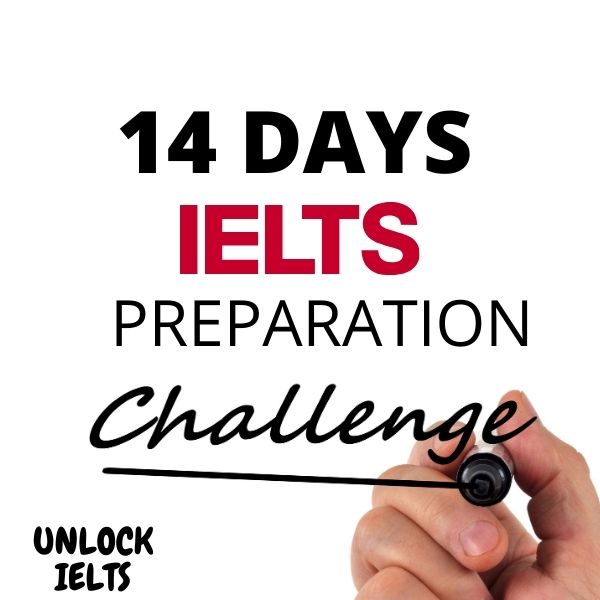Line graph accounts for one of the most popular essay topics in the IELTS writing task 1. In this type of essay, you have to explain the data given in the form of line graphs.
This type of task is particularly asked in academic writing not in general. So, if you are preparing for the IELTS general writing, then you can skip the essay.
The line graph essay in IELTS writing task 1 Academics requires you to write an essay in atleast 150 words. Also, it is required of you to finish off the task within 20 minutes.
Here in this article, we are going to talk about what line graph essays are and how you should answer them to achieve the desired band score.
What is a Line graph essay?
A line graph can be used to show the change in the phenomenon over time. These types of graphs can be used while plotting the data that have peaks (ups) and troughs. In other words, the line graph helps in highlighting the trends.
What is the main purpose of a line graph?
The main purpose of the line graph is to determine the relationship between two sets of values. In this, one data set is dependent on the other.
In the IELTS writing task 1, you will be required to describe facts or figures presented in one or more graphs, charts, or the topic. You can be asked to explain a diagram, a device, or a process, as to how it works or functions.
Part 1- part 1 includes the information given in the graph and the question.
Part 2- You should utilize this information to make comparisons and connect the parts of information to develop your answer.
Part 3- the graphics (line graph)
What is the aim of the Line Graph essay test?
The line graph essay task in the IELTS writing section 1 assesses your ability to identify the most important and relevant trends and information in the graph and to give a well-organized overview of it using the right tense and vocabulary.
You will be judged based on how creatively you link the information, language, range of vocabulary used, and its accuracy in terms of the task, and appropriate use of cohesive devices.
Instead of just filling the gaps, focus on relevancy.
Look for how appropriate your answer is to the question.
Structure of Line Graph Essay
The structure is the soul of any essay. Therefore, to confirm your 8+ score in the IELTS writing task 1 Academics, you need to develop a perfect structure of the graph based on your understanding of the question.
-621994373.png)
Introduction: In the introductory paragraph, you should paraphrase the question. The introductory paragraph should be a captivating one. While writing the introduction, include the main points and an overview of both the points.
Overview: Under overview, you can present your understanding of the whole topic and compare the points to stress your point.
Body Paragraph 1: You can discuss the first main issue in paragraph 1.
Body paragraph 2: Discuss the second main issue without breaking the momentum of the essay.
Marking Criteria of the IELTS Writing test
- Task Achievement
- Coherence and Cohesion
- Lexical Resource and Vocabulary
- Grammar Range and Accuracy
How to plan your IELTS Writing Task 1?
1. Analyze the question
It is the first step to framing your answer in the IELTS Writing task1 Academics. Read the question; understand the type of question, figures, and axis to frame your answers.
2. Identify the main features
For distinguishing the theme and the context, you need to identify the main features in the graph question. Pick 2-3 important trends and elaborate on the same to frame your answers.
3. Brainstorm the ideas and vocabulary
Essay writing requires you to be calm and frame your strategy. You have to explain your point with atleast 150 words. Therefore, the usage of the right vocabulary and organization of ideas is critical at this stage.
Common Mistakes to Avoid in Line Graph essay test
- Incomplete data analysis
- Writing an explanation of the data
- Not writing an overview
- Mentioning each detail
- Exceeding word limit
- Illogical structure
- Not planning before writing
To conclude, an academic writing task is a task with defined input and output. It is an information transfer task that relates mainly to the factual content of imputing the diagram.
The assistance of good online training programs like Unlock IELTS with Richa will help you with cracking the IELTS Writing task 1 Academics and help you frame answers that fetch your desired score.













Write a public review